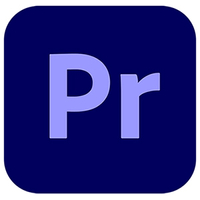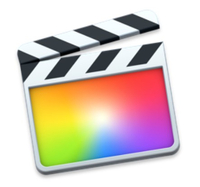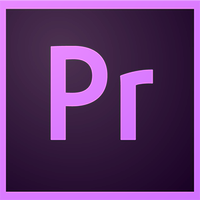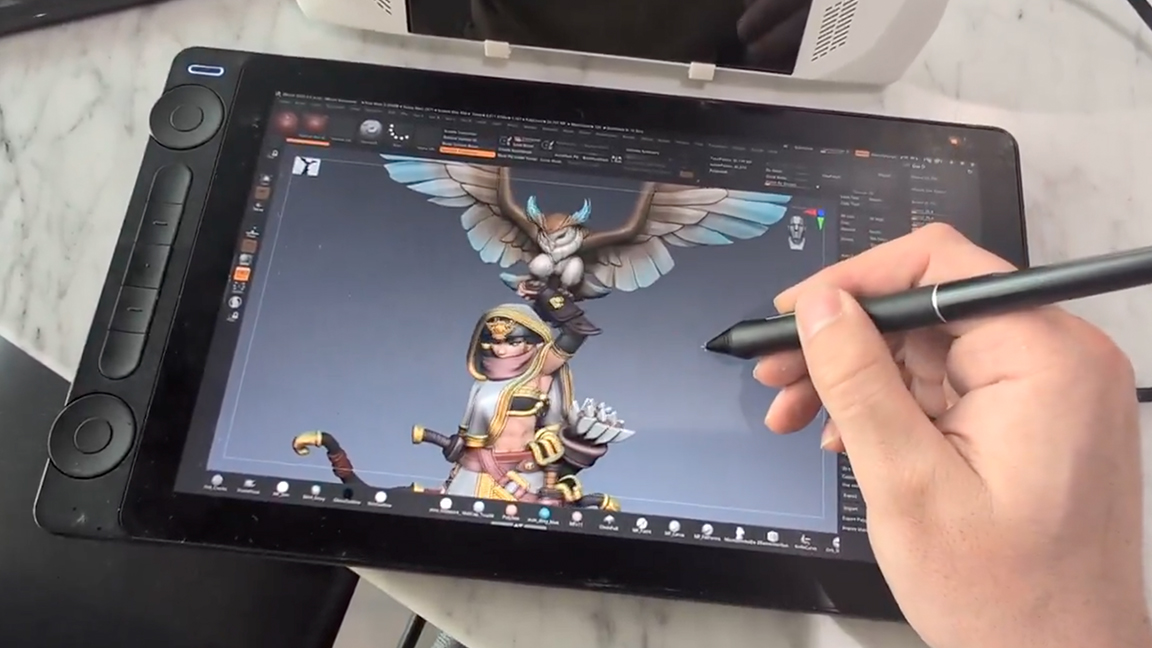A-Z of video editing for beginners
Your ultimate guide to video editing for beginners.
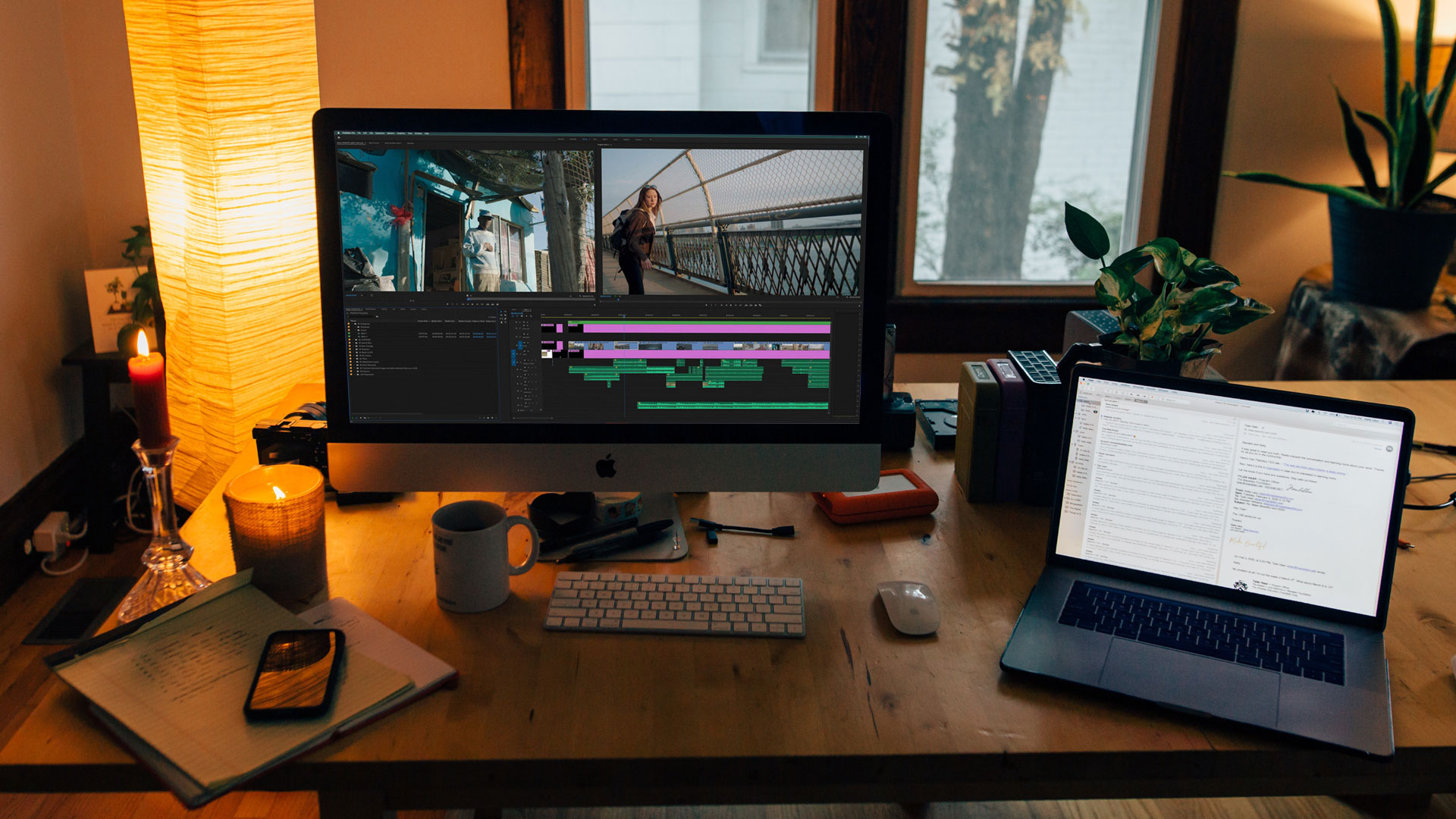
When diving into the world of video editing for beginners, there are numerous terms specific to the video editing industry that you'll need to get accustomed to - from ‘academy leader’ to ‘wipe’. Knowing these terms will not only help you gain a better understanding of what video editing is all about but also help you make sense of online tutorials where such terms are used frequently. And if you’re aiming to be a pro, it will enable you to establish rapport with clients and show your colleagues that you know what you’re talking about.
In this article, we’ll take a look at an extensive list of terms and keywords worth knowing in video editing for beginners, but be sure and check out our rundown of the best video editing software available too.
Video editing for beginners: best deals right now
01. Premiere Pro: the best video editing software overall
Aimed at professional editors, Adobe's Premiere Pro is our pick for the best video editing software overall, and it's still great for beginners too. This industry standard tool works on both PC and Mac, and offers everything you need.
02. Final Cut Pro X: the best choice for Mac users
Optimised for macOS, Final Cut Pro has a great reputation within the industry and is the best video editing software for Apple users. A close match for the the feature-rich, industry-ready toolset of Premiere Pro, Final Cut Pro is a solid pick.
03. Adobe Premiere Elements: the best option for beginners
If you're new to video editing, Premiere Pro is going to be a bit of a tough learning curve. We'd recommend you instead start with Adobe Premiere Elements, a simplified version that's also cheaper, but which still lets you create very professional results.
A
Academy leader
This is the short countdown that appears on the screen before the beginning of a new film. It actually represents a small length of extra film attached to the head or tail of a film to assist in threading a projector or telecine, originally introduced in November 1930 by the Academy of Motion Picture Arts and Sciences.
Of course, film reels are not very popular anymore and this is mostly an antiquated concept. However, some retro-inspired films continue this tradition as a throwback to old times.
Aspect ratio
Aspect ratio refers to the ratio between the width and height of a given image. For example, most modern television screens have a standard aspect ratio of 16:9 (21:9 for widescreen televisions).
Back in the day of box-shaped CRT TVs, the standard aspect ratio was 4:3. It is wise to keep aspect ratio in mind when exporting a video clip as it helps prevent distortion or letterboxing.
B
B-roll
This refers to the extra footage that’s captured during the making of a film to give you more flexibility when making edits. This can include video clips, still photographs, graphic elements, and even animations.
Get the Creative Bloq Newsletter
Daily design news, reviews, how-tos and more, as picked by the editors.
Bit rate
The amount of data utilised for storing one second of video. It is usually measured in kilobits per second (kbps). The bit rate of your video is influenced by factors like footage resolution.
C
Chroma keying
Chroma keying is a technique used in video editing. It involves layering one video over another to create a blended overlay effect by making one or more of the layers slightly transparent.
Close-up
A close-up is a close shot of a person or object. The image is meant to focus the frame around the person or object being photographed, making them the subject of attention.
Codec
A video codec is a technology that uses hardware and software to compress the size of a video file for storage and then decompress it again during playback. The compression is lossy in nature, meaning that unnecessary data is cut out of the video file to make it smaller without a significant loss in image quality. Codec stands for Compression Decompression.
Colour correction
Colour correction is a post-production process whereby the editor uses software to regulate the colour accuracy of the video footage. The idea here is to use colour in a way that boosts image fidelity and accuracy without affecting the mood of the film.
Colour grading
Colour grading is a process that editors use to regulate the overall colour of the film to reflect artistic mood. The point of colour grading, unlike colour correction, is to use colour as a narrative device (such as grayscaling during flashbacks) or as a means of artistic expression.
Compositing
This is a visual effect that combines multiple layers of video into a single clip by superimposing one layer on top of another. Each layer can move independently of the other layers in the footage.
Continuity
Continuity refers to the logical succession of events in video footage that eliminates inconsistencies and prevents the viewer from feeling confused. Every piece of video footage should have a beginning, a middle, and an end. Editors are always advised to edit footage for continuity during the post-production process.
Crawl
This is an animated effect that’s applied to the text in a video to cause it to scroll from right to left in languages like English. This effect is often used to display breaking news tickers during media segments or to issue government alert notifications.
Crop
Cropping is the process of adjusting the aspect ratio of your video by cutting out specific portions of the screen. This is a very common technique used to adjust the video for rendering across different screen sizes.
Cross-fade
A dissolve effect in video where one piece of footage fades out and another fades in with a temporary overlap.
Cut
An abrupt transition from one piece of footage to another. The term cutting derives from a time when film reels had to be physically cut and rejoined to get rid of unwanted video.
Cutaway
A cutaway shot is the sudden interruption of a continuous sequence by a piece of related footage, often used to convey events that are related to the primary sequence or happening at the same time as the primary sequence.
D
Depth of field
The perceived distance between the nearest and the farthest objects in any given scene, used to convey a three-dimensional effect to an image or video.
E
Edit decision list
An EDL is a generated report that contains a list of all the edits to be performed during the post-production process.
Establishing shot
A shot that provides perspective to a given sequence by showing where it’s taking place. This was especially common in older films.
F
Fade
Fade can be of two types. Fade-in is a visual effect where a shot gradually darkens and then disappears, after which it may or may not be followed by another shot. Fade-out is when the shot reveals by gradually lighting up a dark screen.
Filter
A digital effect that’s applied to an image, audio, or video. Filters are used for styling content by, for example, changing the colour of an image or the reverb of an audio clip.
Foley
Named after the sound artist Jack Foley, a foley is a reproduction of an everyday sound like footsteps or nature for the specific intent of use in a film. These are essentially high-fidelity, exaggerated versions of day-to-day sounds used for filmmaking.
Frame rate
The number of individual shots that make up a video clip. Frame rate is calculated in frames per second, with each frame being an individual shot that’s part of a larger video. The higher the frame rate, the smoother the video appears to be.
G
Handle
Handles, also called clip handles, are the parts of a video clip that start before its transition in-point and continue after the out-point. The extra footage can be used later on in the editing process to extend the length of the clip as needed.
HDMI
HDMI stands for high-definition media interface. HDMI cables are often used to carry high-definition audio and video to a screen as they can transmit data without compressing it. They are often used in television sets and large-screen monitors.
J
J-cut
A cut which causes the audio from the next scene to begin playing before the video.
Jump-cut
A jump-cut is when the film switches abruptly from one scene to another without a proper transition. It can make your video look really unprofessional.
L
L-Cut
The opposite of a J-cut, where the video begins playing slightly before the audio.
Letterboxing
Letterboxing is a visual effect that adds black bars at the top and bottom of your footage. This can create an artificial widescreen effect that gives your footage a cinematic feel.
Lower third
A graphic overlay covering the bottom of the screen, often used by news broadcasters to display a breaking news ticker.
M
Montage
A montage is a film-editing technique in which a series of photos or videos are displayed in a quick sequence, often accompanied by background music.
N
Non-linear editing
In non-linear video editing, the original footage isn’t destroyed in the post-production process. Most video editing today is non-linear as applications allow you to create new footage without overwriting the previous one.
P
Pan
Panning is a video editing technique where you move the camera horizontally from a fixed point to capture a panorama. Pan shots are very useful when capturing moving subjects.
Pixel
The smallest addressable element in a raster image. Pixels are the tiny graphical boxes that make up any digital image.
R
Real-time
Happening instantaneously and without any rendering delay. It’s a term used to describe certain visual effects being applied to a video.
Rendering
The process of applying various effects to your audio or video. Rendering is handled by your video editing software. Some video editors even feature real-time rendering, where effects are produced almost instantaneously for preview.
Resolution
The number of horizontal and vertical pixels in your photo or video, used to denote screen size. Some commonly used media resolutions include 1080p x 720p (HD), 2560p x 1440p (2K), and 3840p x 2160p (4K).
S
Shotlist
A list of shots included in a video. Shotlists help you plan out exactly what will happen in your video and when. They are very useful for film directors.
Soundtrack
The audio portion of a video. It can consist of voices, music, and sound effects. A soundtrack is an essential part of a video and helps it come alive.
Storyboard
A set of drawings or illustrations showing how your video will unfold, shot by shot. Storyboards help you get a clear idea of what needs to be filmed or animated when making a movie.
Sweetening
The process of enhancing the audio quality of your video by adding music, effects, or filters.
T
Timecode
A timer that displays your current position in a sequence, frame-by-frame. Film producers will often look at timecodes to note how far they are in they are when editing a video clip.
Timelapse
A timelapse is a video sequence playing faster than its native speed. It is often used to create a “fast forward” effect in videos.
V
Voiceover
Background audio from an unseen narrator, often used to give voice to animated characters or to describe what’s happening in the video.
W
White balance
White balance is the process of removing unrealistic colours and tints from your video. This helps the white portions of your video actually look white, making the images appear realistic and natural.
Wide angle
Wide-angle cameras feature lenses with short focal lengths. This allows them to capture more of the subject in any given frame. However, wide-angle lenses also sometimes have a warp effect, which can make your video look unnatural.
Wipe
A video editing transition where one clip travels across the visual frame to make way for the next one. This makes it appear as if the screen has just been wiped with the new video clip, hence the name.
Related articles:

Thank you for reading 5 articles this month* Join now for unlimited access
Enjoy your first month for just £1 / $1 / €1
*Read 5 free articles per month without a subscription

Join now for unlimited access
Try first month for just £1 / $1 / €1

Ritoban Mukherjee is a tech and innovations journalist from West Bengal, India. He writes about creative software, from AI website builders, to image manipulation tools, to digital art generators, and beyond. He has also been published on Tom's Guide, Techradar, IT Pro, Gizmodo, Quartz, and Mental Floss.
